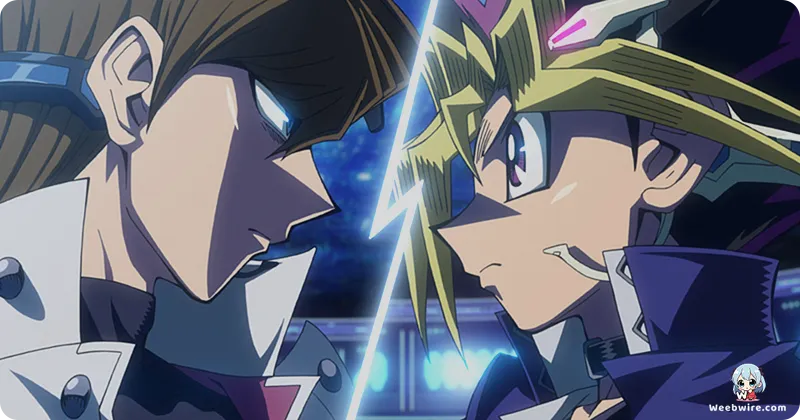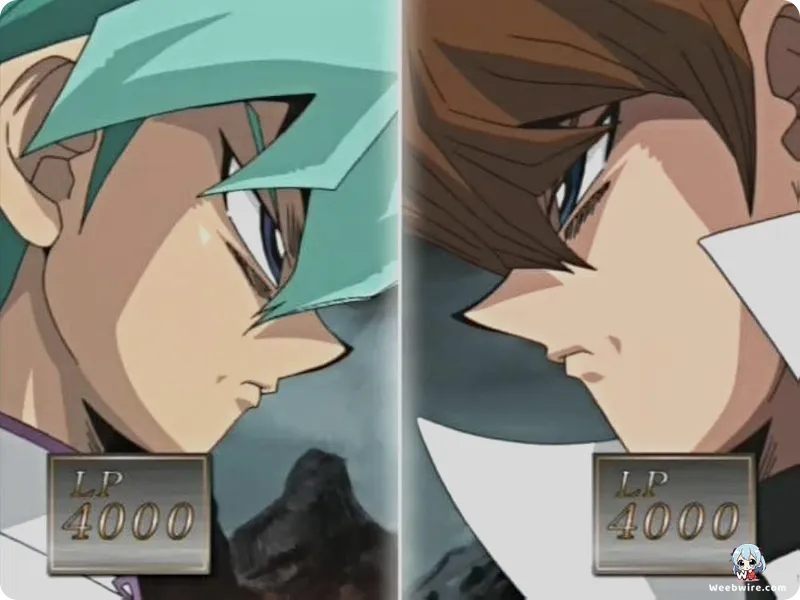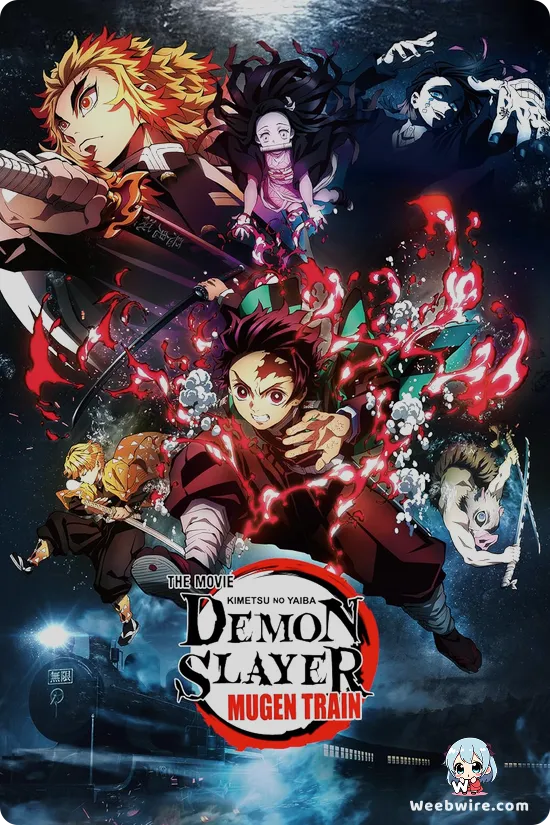Unveiling the Soul: Why Masaaki Yuasa's 'Kaiba' Remains a Groundbreaking Dive into Identity and Consciousness

Step into the extraordinary realm of Kaiba, Masaaki Yuasa’s seminal 2008 anime, a true testament to the boundless possibilities of animation. Far from a conventional narrative, this masterpiece from the acclaimed studio MADHOUSE transcends typical storytelling to deliver a profound philosophical inquiry into the very essence of existence, presented through a lens as unique as its themes. Kaiba isn't just a series; it's an unforgettable artistic statement, brimming with intriguing details that solidify its status as a must-know for any discerning anime enthusiast seeking works that genuinely push the boundaries of the medium.
A Visual Language Unlike Any Other
What immediately captivates viewers is Kaiba's strikingly singular art style. Eschewing the sleek, often hyper-realistic designs common in contemporary anime, Yuasa opts for a minimalist, almost childlike aesthetic. This visual approach harks back to early 20th-century Western animation, particularly the distinctive 'rubber hose' era of Fleischer Studios and early Walt Disney works. Characters feature simplified, often fluid bodies, large expressive eyes, and limbs that bend with an exaggerated grace, creating a dreamlike, almost ethereal quality. This isn't a stylistic limitation but a deliberate stroke of genius. It empowers the series to boldly confront incredibly weighty and complex themes—memory, identity, the soul, societal stratification, and the fundamental definition of humanity—without being constrained by literal visual representation. Instead, the focus shifts entirely to raw emotional expression and abstract thought, allowing the audience to engage with the narrative on a deeper, more symbolic level. This compelling juxtaposition of deceptively simple visuals with profound philosophical depth is the cornerstone of Kaiba's lasting allure, marking it as a truly remarkable work that stands apart in the anime landscape.
Revolutionary Narrative and Dystopian Depths
Beyond its visual distinctiveness, Kaiba's narrative structure is equally revolutionary. The series masterfully conveys its intricate plot and emotional nuances primarily through visual metaphors, abstract sequences, and remarkably sparse, yet impactful, dialogue. This reliance on purely visual storytelling demands an active, engaged viewer, richly rewarding those who pay close attention with layers of meaning and subtlety that gradually unfold. The world of Kaiba is a chilling dystopia where consciousness can be transferred between bodies, human forms are mere commodities, and memories can be bought, sold, or even erased. This sci-fi premise serves as a potent allegory for contemporary concerns regarding identity commodification, the stark realities of societal division, and the ethical dilemmas posed by advanced technology. The seemingly simple character designs belie the intricate psychological odysseys each character embarks upon, making their struggles incredibly raw and relatable despite the fantastical setting, inviting viewers to ponder universal questions about what it truly means to be human.
MADHOUSE's Visionary Support
MADHOUSE's unwavering commitment to fostering visionary directors further illuminates Kaiba's brilliance. While the studio is celebrated for numerous mainstream successes, it has consistently championed projects that push the boundaries of animation and narrative artistry, frequently granting creators like Yuasa the expansive creative freedom needed to fully realize their unique visions. Kaiba stands as a powerful testament to this philosophy, showcasing the studio's readiness to invest in artistically ambitious, even commercially challenging, endeavors. This profound trust in directorial integrity allowed Yuasa to craft a series uncompromising in its artistic purity, cementing its legacy as a benchmark for experimental animation within the global industry, proving that true innovation often comes from daring to be different.

The Haunting Harmony of Sound
Contributing significantly to Kaiba's haunting, melancholic, and dreamlike atmosphere is its exceptional sound design and musical score, expertly composed by Tatsumi Imamura. The score is often minimalist, employing unsettling electronic tones, sparse melodies, and evocative soundscapes that perfectly complement both the visuals and the narrative. It powerfully demonstrates how sound can transcend mere accompaniment, actively building the immersive world and conveying the emotional states of its characters, often filling the deliberate silence left by minimal dialogue. This seamless fusion of visual and auditory elements crafts an experience that is both profoundly disquieting and strangely beautiful, leaving a lasting impression on the viewer's psyche.
A Cult Classic's Enduring Legacy
While it never achieved blockbuster status, Kaiba has cultivated a devoted cult following globally. Its unparalleled blend of surreal artistry, profound thematic exploration, and unconventional storytelling has deeply resonated with audiences who recognize anime as a sophisticated art form capable of dissecting complex human conditions. It is frequently lauded in discussions about the most thought-provoking and 'art house' anime, serving as a gateway for many to Masaaki Yuasa’s broader, equally acclaimed body of work, including titles like Mind Game and The Tatami Galaxy. For those yearning for an anime that genuinely challenges perceptions and leaves an indelible mark on the mind long after the credits roll, Kaiba remains a surprising and endlessly rewarding discovery, affirming that true artistic genius often flourishes far from the mainstream spotlight and continues to inspire new generations of creators and viewers alike.
Credits
Kaiba
Author
Masaaki Yuasa
Cover Art
Masaaki Yuasa (Character Design/Key Visuals)
Studio
MADHOUSE
Publisher
Original Anime Series
Producers





